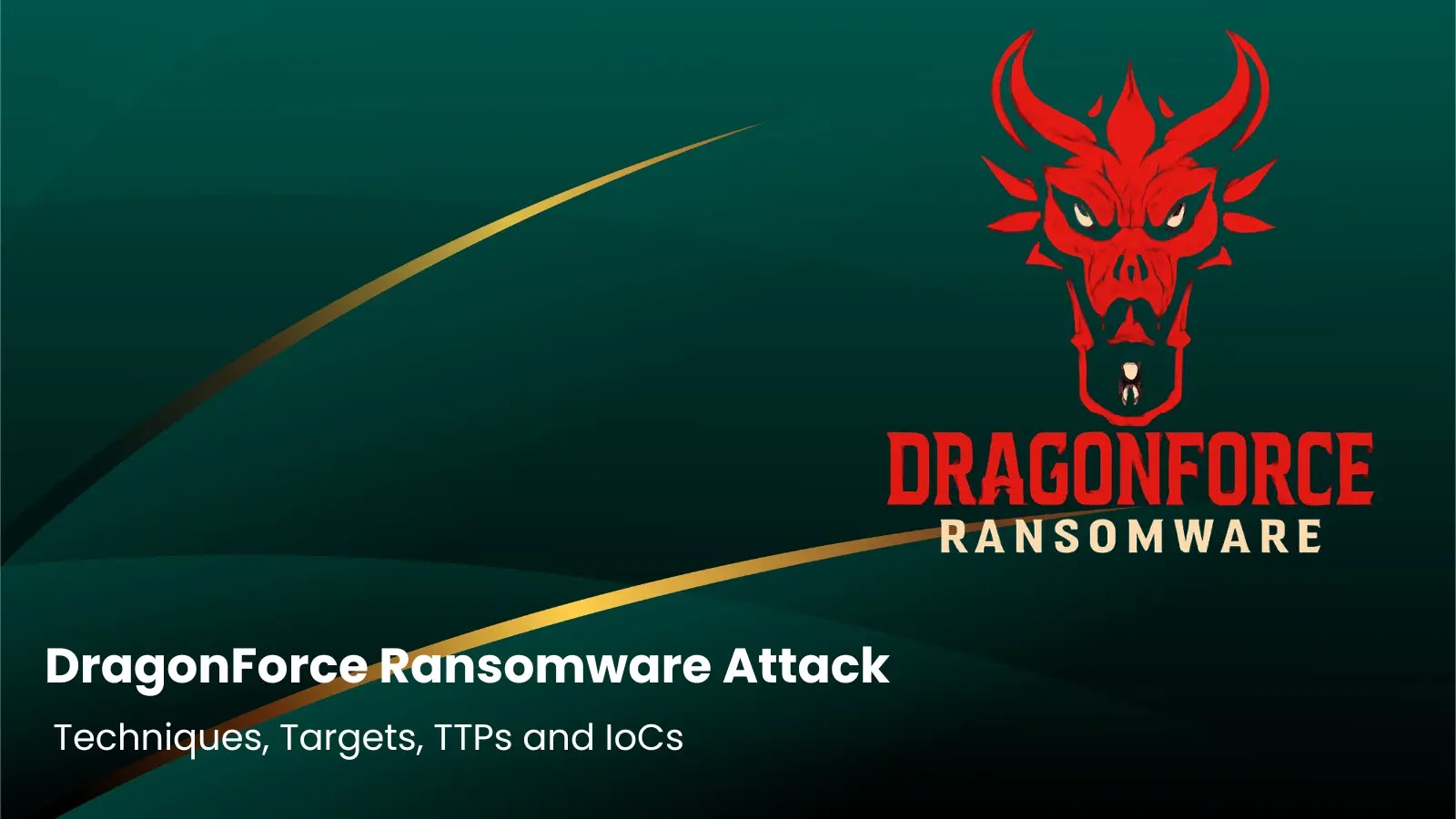Recent investigations by cybersecurity firm Recorded Future have shed light on the significant involvement of the Beijing Institute of Electronics Technology and Application (BIETA) in supporting China’s Ministry of State Security (MSS). Established in 1983, coinciding with the formation of the MSS, BIETA, along with its subsidiary Beijing Sanxin Times Technology Co (CIII), plays a pivotal role in advancing China’s intelligence, counterintelligence, and military capabilities.
Origins and Structure of BIETA
BIETA’s inception aligns with the establishment of the MSS, suggesting a foundational role in China’s intelligence framework. Operating under the MSS’s guidance and headquartered within the ministry’s compound, BIETA is dedicated to the research, development, and commercialization of technologies that bolster the nation’s security apparatus.
Core Activities and Technological Focus
The institute’s activities encompass a broad spectrum of technological advancements:
– Steganography Research: BIETA delves into methods of steganography, the practice of concealing information within other non-secret data. This research likely supports covert communications (COVCOM) and the deployment of malware, enhancing the MSS’s operational secrecy.
– Forensic and Counterintelligence Equipment Development: The institute is involved in creating and distributing tools essential for forensic investigations and counterintelligence operations, equipping the MSS with advanced capabilities to detect and neutralize threats.
– Acquisition of Foreign Technologies: BIETA actively seeks foreign technologies related to steganography, network penetration testing, and military communications. This pursuit indicates a strategic effort to integrate and adapt global innovations into China’s security infrastructure.
Organizational Structure and Research Laboratories
BIETA’s organizational framework includes at least four specialized research laboratories:
1. Communication Technology Lab: Focuses on advancing secure and efficient communication systems.
2. Multimedia Information Security Lab: Dedicated to protecting multimedia data from unauthorized access and manipulation.
3. Electromagnetic Technology Lab: Explores the applications of electromagnetic technologies in security contexts.
4. Hybrid Integrated Circuits Lab: Works on developing integrated circuits that combine multiple functionalities for enhanced performance.
Additionally, BIETA operates a quality testing center that evaluates integrated circuits, networking equipment, multimedia and audio-visual products, and conducts comprehensive product testing to ensure reliability and security.
Research Domains and Technological Expertise
BIETA’s research portfolio spans several critical domains:
– Cryptography: Developing secure communication protocols to protect sensitive information.
– Forensics Technology: Creating tools and methodologies for investigating cyber incidents and gathering digital evidence.
– Networking: Enhancing network infrastructures to support secure and efficient data transmission.
– Steganography: Innovating techniques for embedding hidden messages within digital content.
– Technology Miniaturization: Advancing the development of compact and efficient technological solutions for various applications.
Personnel and MSS Connections
Recorded Future’s analysis identifies at least four BIETA personnel—Wu Shizhong, He Dequan, You Xingang, and Zhou Linna—as having direct links to the MSS. Three of these individuals are highly likely to be MSS operatives, underscoring the institute’s integral role within China’s intelligence community.
Emphasis on Steganography
Both BIETA and its subsidiary CIII place a significant emphasis on steganography, a technique that involves hiding information within other non-secret data. This focus is likely aimed at supporting both defensive and offensive operations of the MSS. Chinese Advanced Persistent Threat (APT) groups have been observed utilizing steganography to deploy malware, highlighting its strategic importance. CIII advertises technologies capable of detecting steganographic content across various file types and resells foreign software, indicating a comprehensive approach to both employing and countering steganographic techniques.
Security and Forensic Products
CIII offers a range of security and forensic investigation products and services, including:
– Counterintelligence Investigation Tools: Equipment designed to detect and prevent espionage activities.
– Data Collection Prevention: Technologies aimed at safeguarding sensitive information from unauthorized access.
– Signal Jamming Devices: Tools used to disrupt unauthorized communications.
– Access Control Solutions: Systems that prevent unauthorized electronic devices from entering secure areas.
Notably, a fingerprint-secured USB drive certified in 2006 is likely a product developed by CIII or BIETA, reflecting their commitment to integrating biometric security measures into data protection solutions.
International Collaborations and Technology Acquisition
BIETA and CIII’s engagement with international expert communities, collaboration with academics, participation in global conferences, and access to foreign technology present potential technology transfer risks. Their activities in acquiring and integrating foreign technologies into China’s security infrastructure raise concerns about the proliferation of advanced cyber capabilities.
Implications and Recommendations
The revelations about BIETA and CIII’s roles in supporting the MSS underscore the sophisticated and multifaceted nature of China’s cyber operations. Their focus on steganography, forensic technologies, and the acquisition of foreign innovations highlights a strategic approach to enhancing national security capabilities.
Given these developments, it is imperative for international export control authorities to scrutinize entities like BIETA and CIII. Ensuring that sensitive technologies related to covert communications, network penetration testing, and military communications are not inadvertently transferred to organizations linked to foreign intelligence services is crucial.
In conclusion, the intricate relationship between BIETA, CIII, and the MSS exemplifies the complex landscape of global cyber operations. Understanding and monitoring such entities are essential steps in safeguarding national and international security interests.



